La lunghezza, accuratezza, Campo di misura della temperatura, diametro della fibra, e il materiale della guaina dei sensori di temperatura in fibra ottica possono essere personalizzati in base alle proprie esigenze. Contattateci per una consulenza!
Le sonde di rilevamento della temperatura fluorescenti in fibra ottica presentano molti vantaggi con cui altre sonde di rilevamento della temperatura non possono essere paragonate, come un buon isolamento elettrico, resistenza alle interferenze elettromagnetiche, corrosione chimica, e nessun inquinamento. Ciò rende le sonde di rilevamento fluorescenti non solo utilizzate in molti campi come la biologia e la medicina, ma hanno anche ampie prospettive applicative nel settore energetico. Sono utilizzati principalmente per la misurazione della temperatura di strumenti ad alta tensione in apparecchiature elettriche, Misura della temperatura tra i sistemi diagnostici del generatore e gli avvolgimenti dei trasformatori, Misurazione della temperatura dei contatti degli interruttori automatici ad alta tensione, e misurazione della temperatura dei giunti dei cavi ad alta tensione.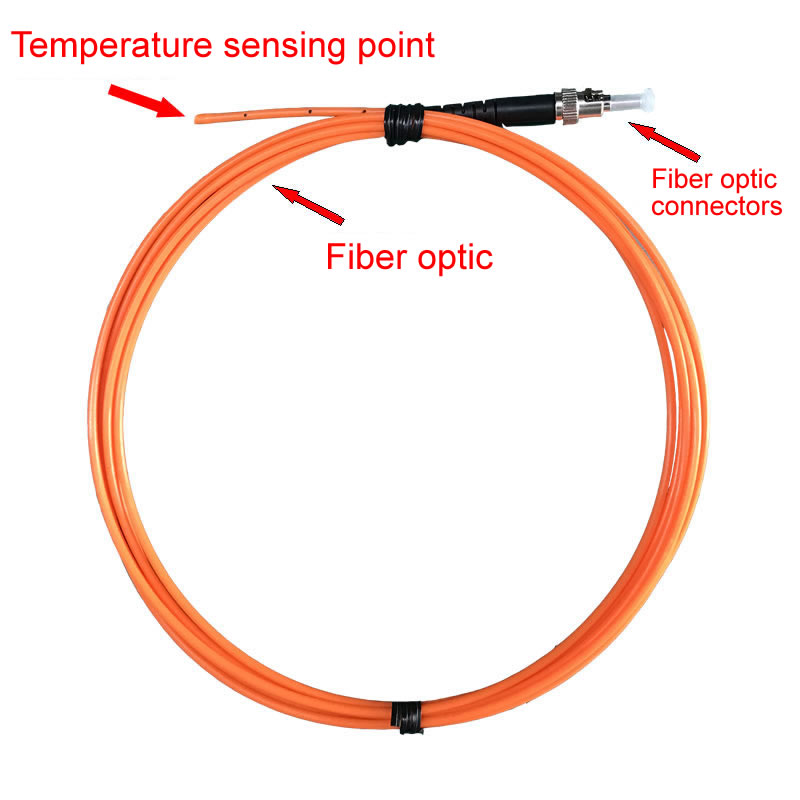
Introduzione alle sonde di rilevamento fluorescenti in fibra ottica
La sonda in fibra ottica è composta da tre parti: Connettore ST, cavo in fibra ottica, e fine di rilevamento della temperatura. Il connettore ST è la parte di collegamento con il modulo fotoelettrico; Il cavo in fibra ottica è la parte di trasmissione, con fibra di quarzo all'interno. La fibra di quarzo ha un rivestimento e un rivestimento all'esterno, e una guaina protettiva in teflon sulla parte più esterna; L'estremità di rilevamento della temperatura finale contiene materiali di terre rare con rilevamento della temperatura, che vengono utilizzati per generare segnali ottici contenenti informazioni sulla temperatura; La fibra ottica è resistente alle alte temperature di 200 °C e ha un diametro esterno di 3 mm. Raggio di curvatura a lungo termine di 13,2 cm. Raggio di curvatura a breve termine di 4,4 cm. Quando la distanza tra il cavo in fibra ottica e il suolo è di 0,4 m, può resistere a una tensione di frequenza di alimentazione di 100KV per una durata di 5 verbale.

Il principio di misurazione della temperatura della fluorescenza Sensore di temperatura in fibra ottica
Un sensore di temperatura a fibra ottica fluorescente è composto da una fibra ottica multimodale e da un oggetto fluorescente (membrana) installato nella sua parte superiore. Le sostanze fluorescenti emettono energia di fluorescenza quando stimolate da una luce di una certa lunghezza d'onda (spettro stimolato). Dopo la revoca dell'incentivo, La persistenza dell'afterglow fluorescente dipende da fattori quali le caratteristiche della sostanza fluorescente e la temperatura ambientale. Questa fluorescenza eccitata di solito decade in modo esponenziale, e la costante del tempo di decadimento è chiamata durata della fluorescenza o tempo di postluminescenza della fluorescenza. L'attenuazione dell'afterglow della fluorescenza varia a seconda delle diverse temperature ambiente. Pertanto, Misurando la durata della luce residua della fluorescenza, La temperatura ambiente in quel momento può essere determinata.

 Sensori di temperatura a fibra ottica INNO ,sistemi di monitoraggio della temperatura.
Sensori di temperatura a fibra ottica INNO ,sistemi di monitoraggio della temperatura.


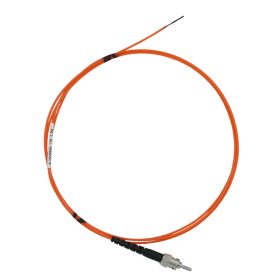
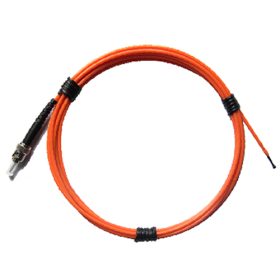
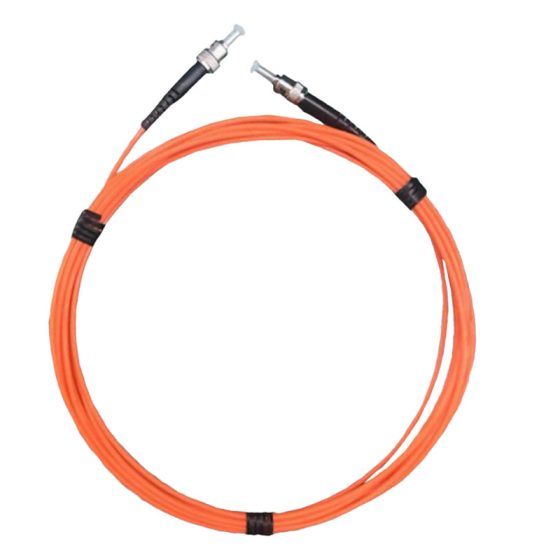

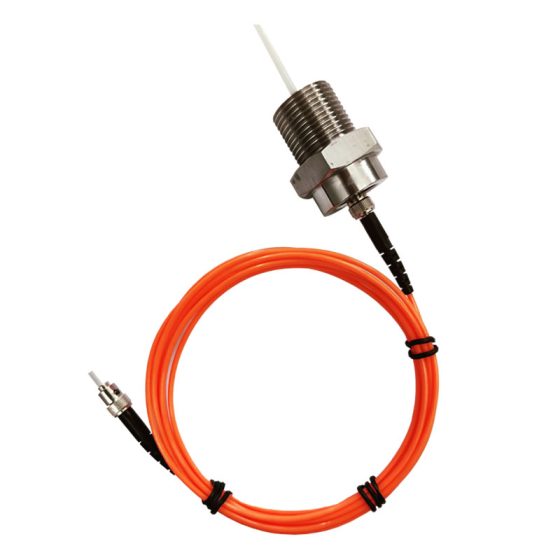

WhatsApp (Italiano)
Scansiona il codice QR per avviare una chat WhatsApp con noi.